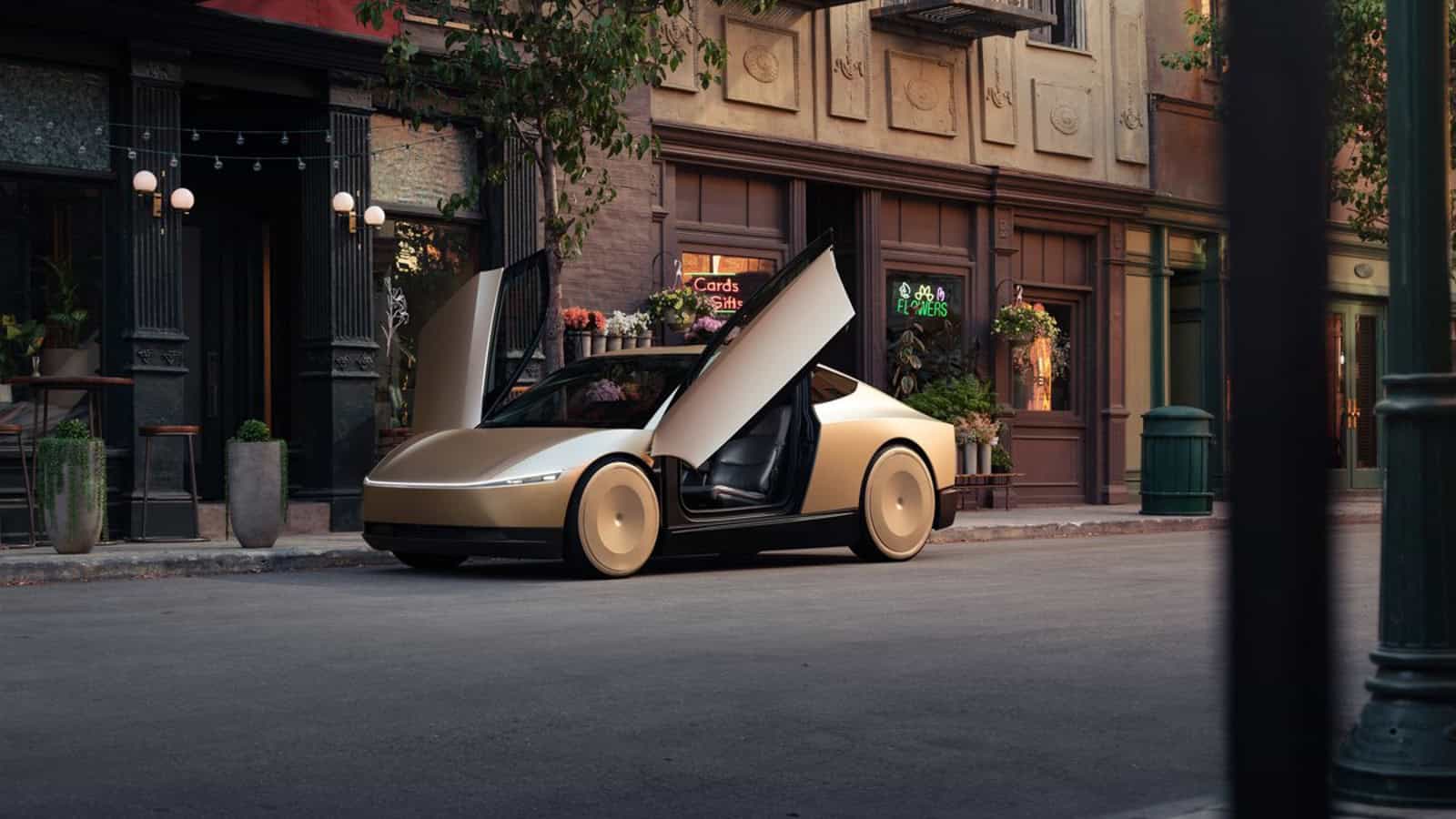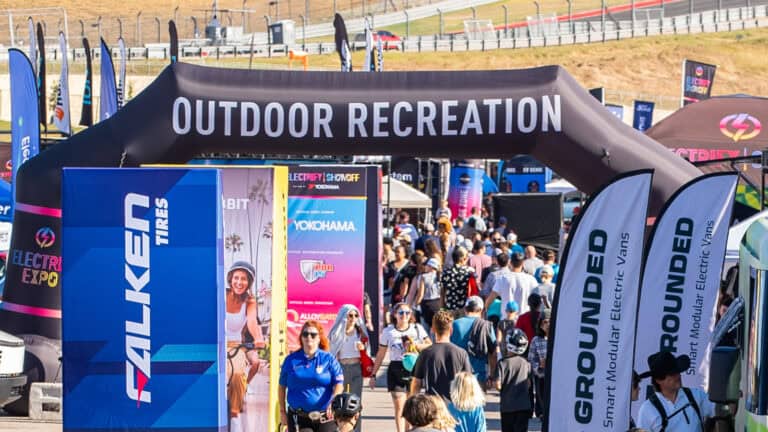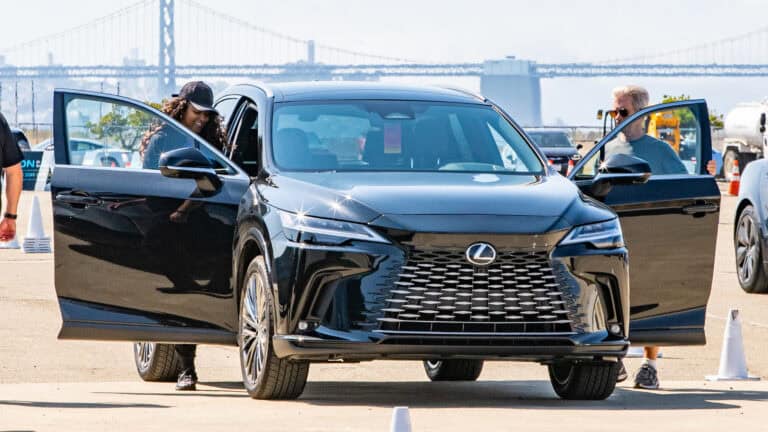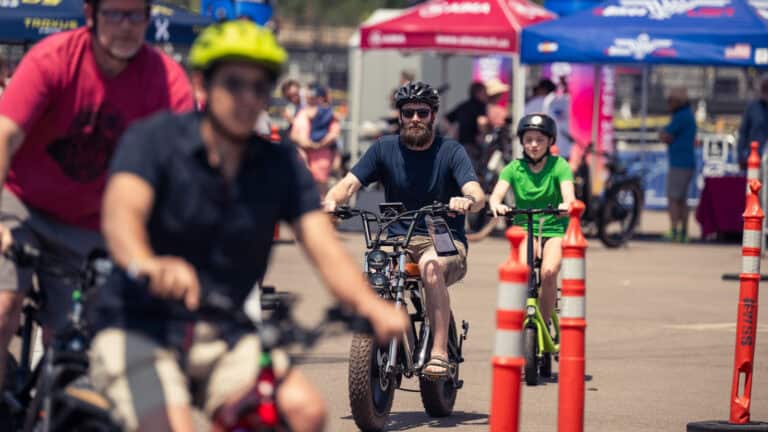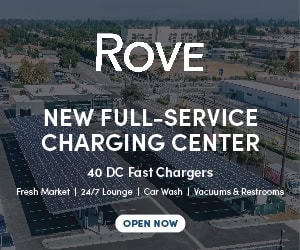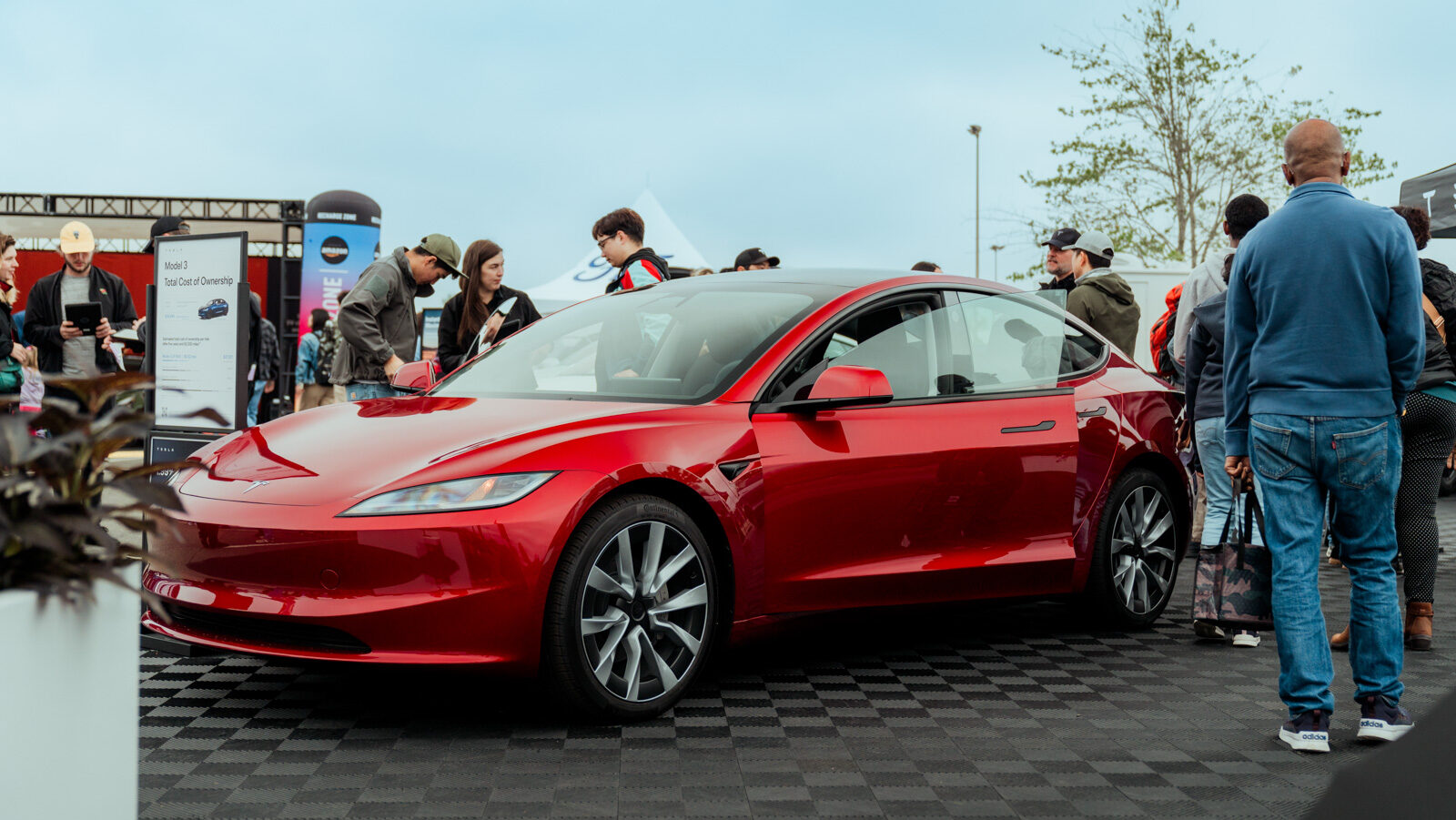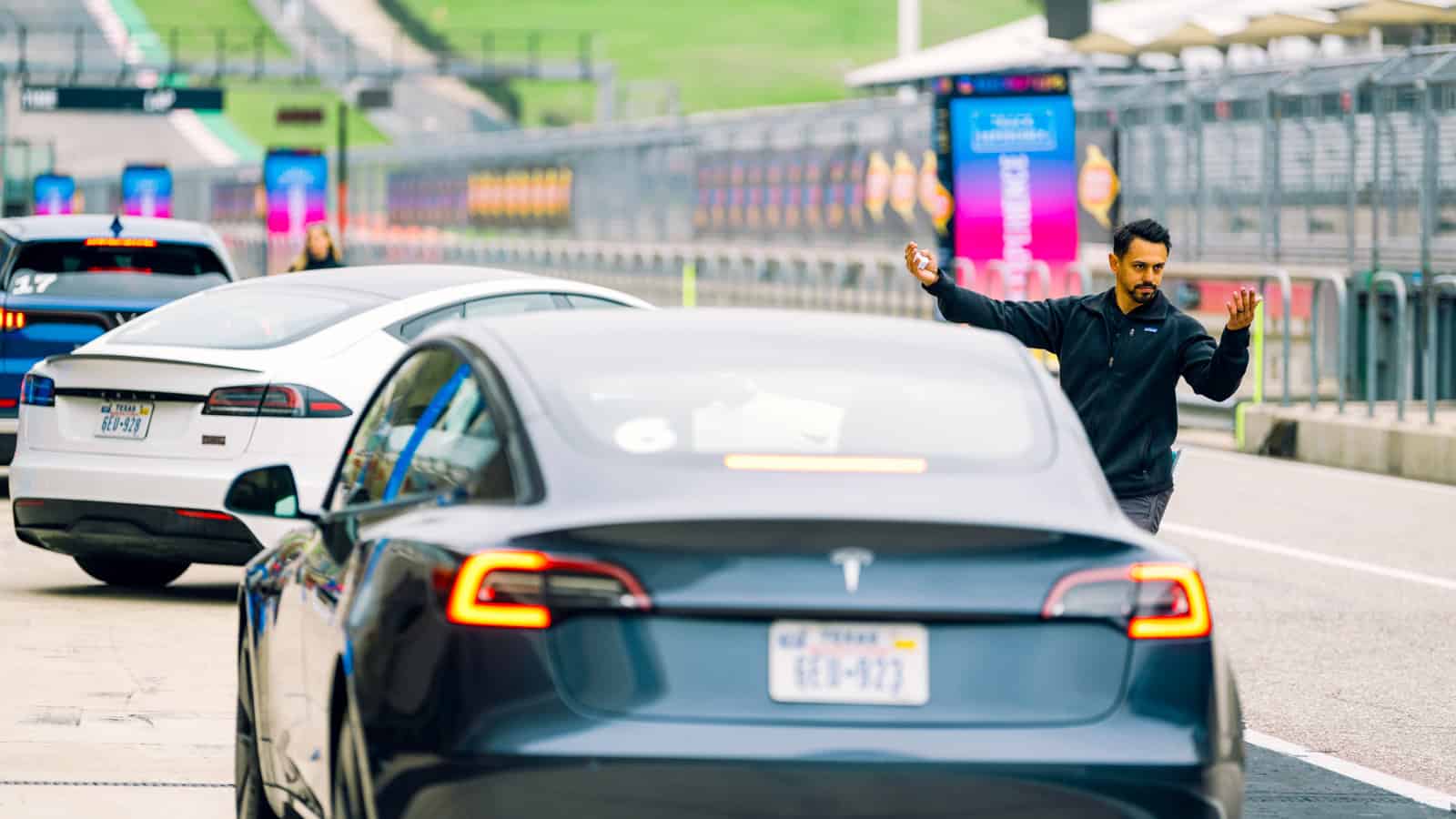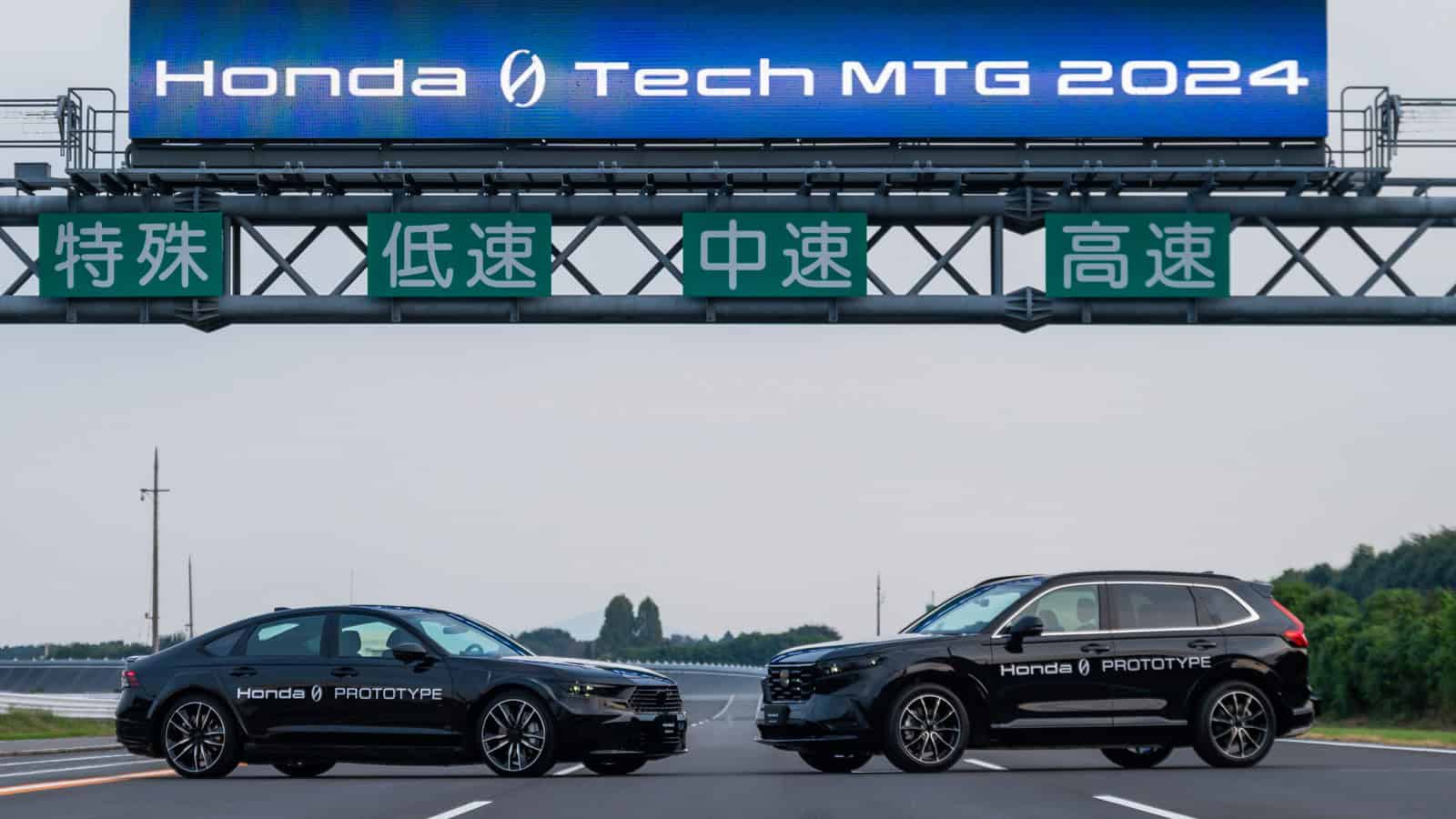- Tesla revealed the fully autonomous Robotaxi, expected to cost under $30,000.
- Full unsupervised self-driving is predicted for Texas and California by 2025, with Robotaxi production starting in 2026.
- Investors were disappointed by the lack of detailed plans at the event, raising skepticism about Tesla’s promises.
If you’ve followed Tesla for more than a few minutes, you know one thing for sure: Elon Musk loves to keep us waiting. It’s almost like a hobby at this point, with delays and promises rolling in like clockwork. And, sure enough, the reveal of Tesla’s long-hyped Robotaxi came with a dash of suspense. Initially promised for August 8th, the event finally hit the scene in early October at, get this, the Warner Bros. Discovery movie lot. (It’s giving “Hollywood, but make it automotive” vibes.)
ADVERTISEMENT
So, what’s all the fuss about? Well, Musk did what he does best. He teased us with something that feels equal parts futuristic and a little unsettling. The Robotaxi is Tesla’s latest brainchild, designed to be a fully autonomous, self-driving car with butterfly doors and no traditional dashboard. That’s right, no steering wheel, pedals, or even a gear shift. It’s like the future of commuting, if your Uber had wings and a personality.
Musk, being the showman he is, made his grand entrance in the Robotaxi itself, casually sitting inside with his hands gripping at his chin. The vehicle cruised through a staged setup, complete with buses, cyclists, and street signs to replicate real-world conditions. Was it impressive? Yeah, it was. But the whole thing felt pretty controlled for a real-world demo. Still, it’s Tesla, so we’ll cut them some slack. I mean, when was the last time your Lyft driver picked you up in a car that costs less than $30,000 and charges wirelessly without a plug?
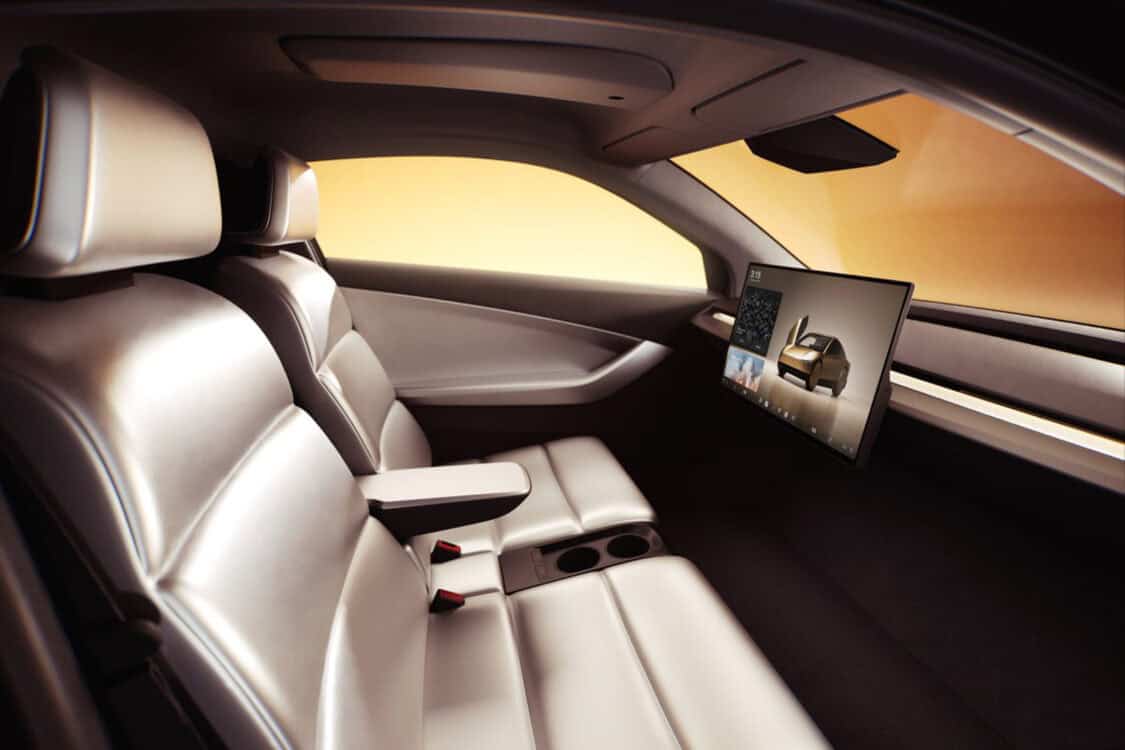
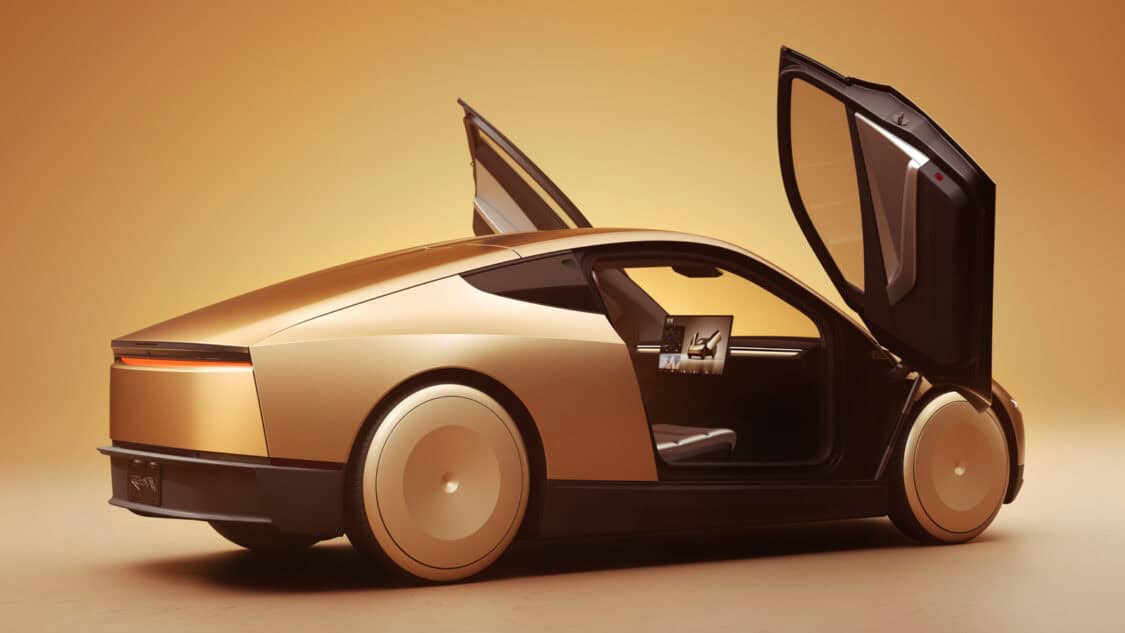
But here’s where things got interesting. As much as the tech is cool, investors (and a good chunk of the public) were left wanting more (check out the YouTube comments). In fact, Reuters and Yahoo Finance didn’t hold back, pointing out that the event was “stunningly absent on detail.” It was one of those moments where you’re like, “Yeah, that was cool and all, but where’s the beef?”, especially when you consider that Musk has been promising unsupervised full self-driving (FSD) by 2025 in places like Texas and California. The timeline is ambitious, to say the least.
Now, don’t get me wrong, the concept is pretty exciting. Imagine being able to take a nap while your Tesla Robotaxi takes you wherever you need to go, or even running a small fleet of these things, like a modern-day shepherd tending a flock of driverless cars. (Honestly, who wouldn’t want to be the person managing 20 Robotaxis?) Musk summed it up perfectly at the reveal, picturing a future where cars are more like “comfortable little lounges,” giving you back your time, whether that’s to scroll through TikTok or finally catch up on those endless Slack messages.
Here’s where my doubts start creeping in (and trust me, it’s about to get real). Tesla’s Robotaxi still feels more like something out of a sci-fi movie. Investors are understandably nervous because, while flashy promises are great, they want to see how this will actually work (now). The hype didn’t quite match the hard details that investors were hoping for.
ADVERTISEMENT
And then there’s the Robovan. A 20-seater, no-windshield electric beast designed for mass transit. It’s supposed to solve high-density transport needs, and Musk went as far as to claim that unsupervised self-driving will eventually be up to 20 times safer than human drivers. (No word on how the humans feel about that, but hey, I’m all for safer roads.) He even compared it to the old-school elevator operators who’d accidentally “cut somebody in half.” It’s dark humor, but it gets the point across. Machines don’t get tired, distracted, or need coffee breaks. Yet, the Robovan, much like the Robotaxi, left people asking: “Okay, but when?”
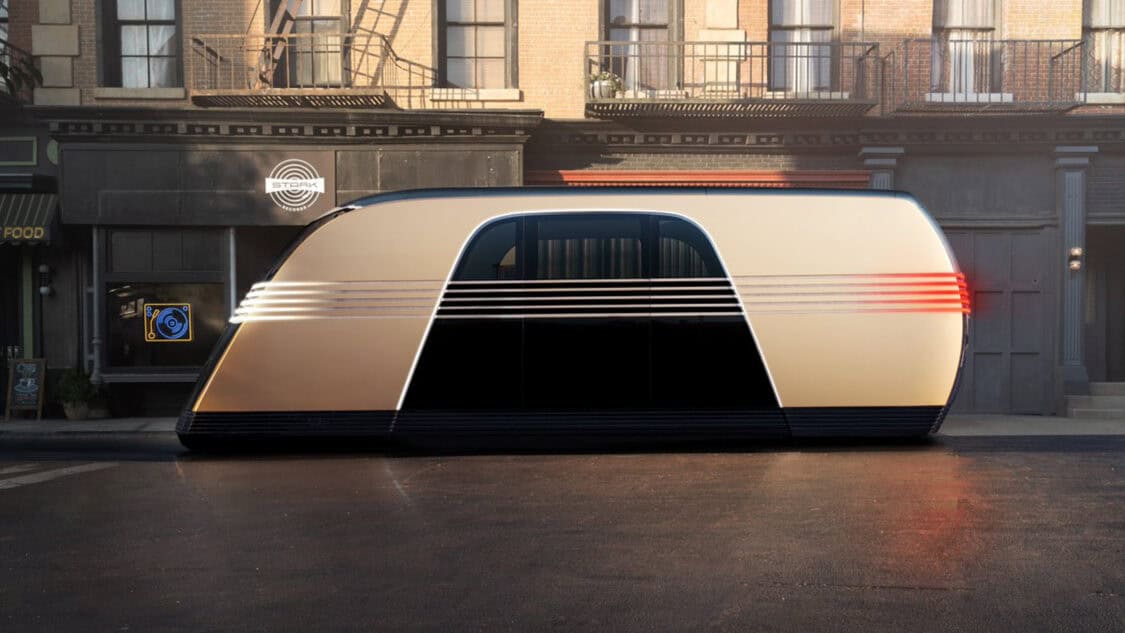
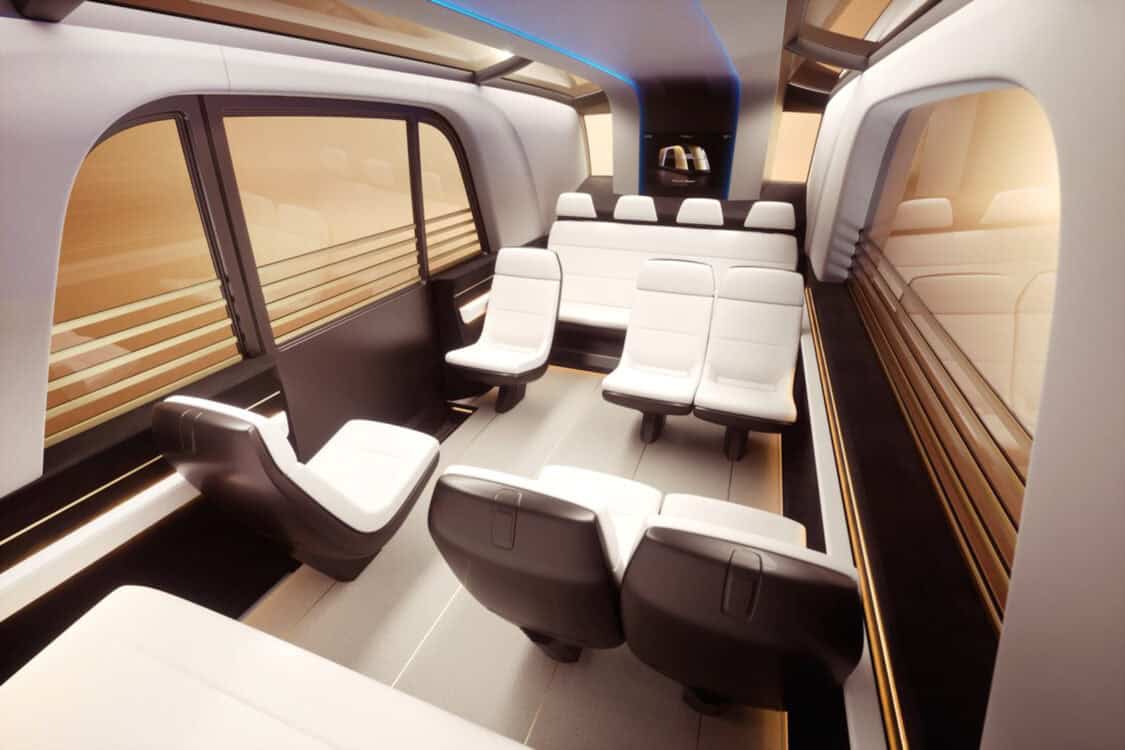
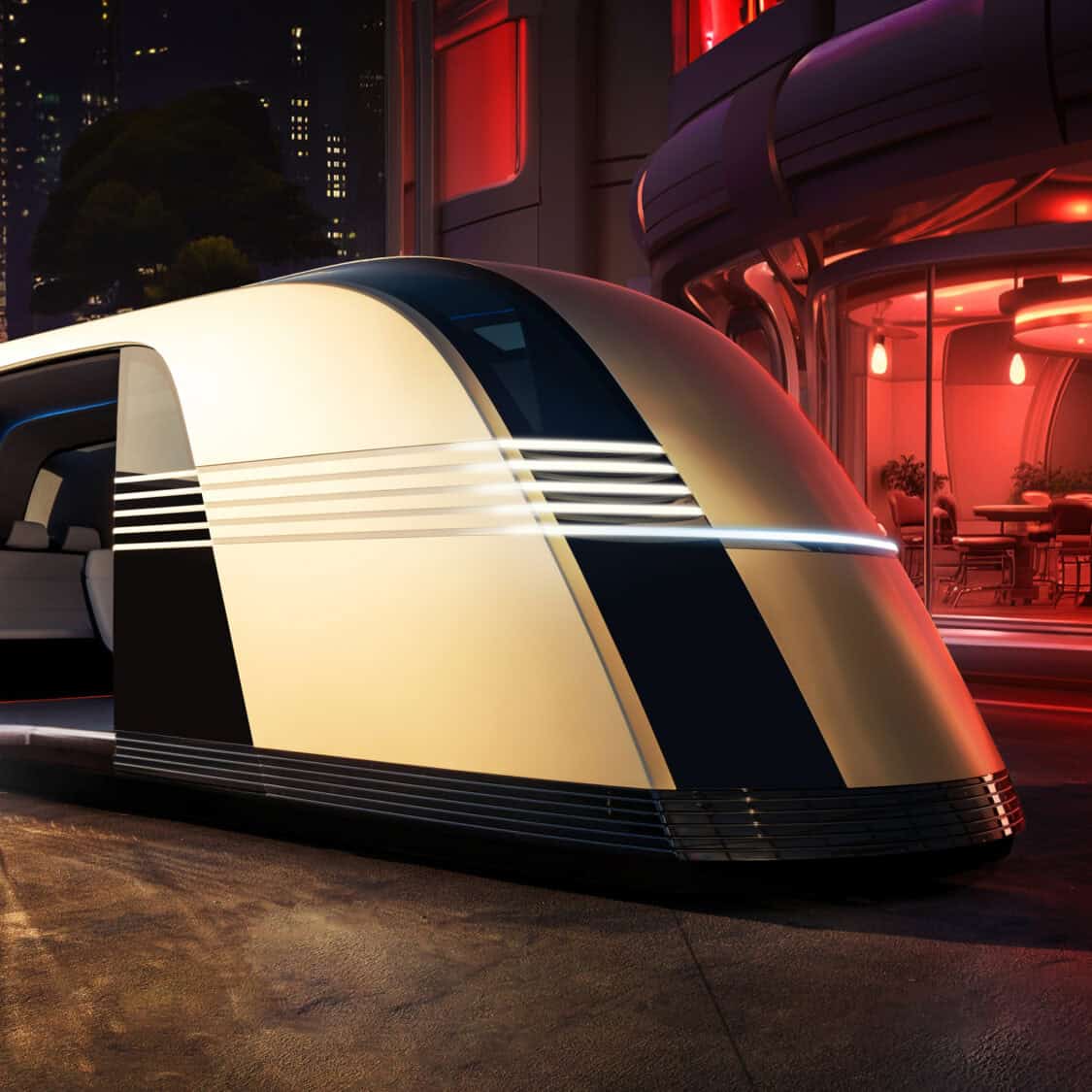
Here’s the kicker though: Tesla is dreaming big, and dreaming cheap. The Robotaxi, for instance, “operating cost is probably going to be around 20 cents a mile ” shared Musk, “and price including taxes and and everything else probably ends up being 30 or 40 cents a mile.” And loud cheers were heard after Musk said, “So yes and you will be able to buy one,” with a price tag under $30,000.
That’s practically nothing compared to city buses, which Musk says run about a dollar per mile. He even floated the idea of regular people managing fleets of these robo taxis, basically turning them into small businesses. Sounds promising, right? The problem is, the timeline keeps changing, and we’re still missing key details, like how regulators are going to handle this. So, it’s hard to say when (or if) it’ll actually take off.
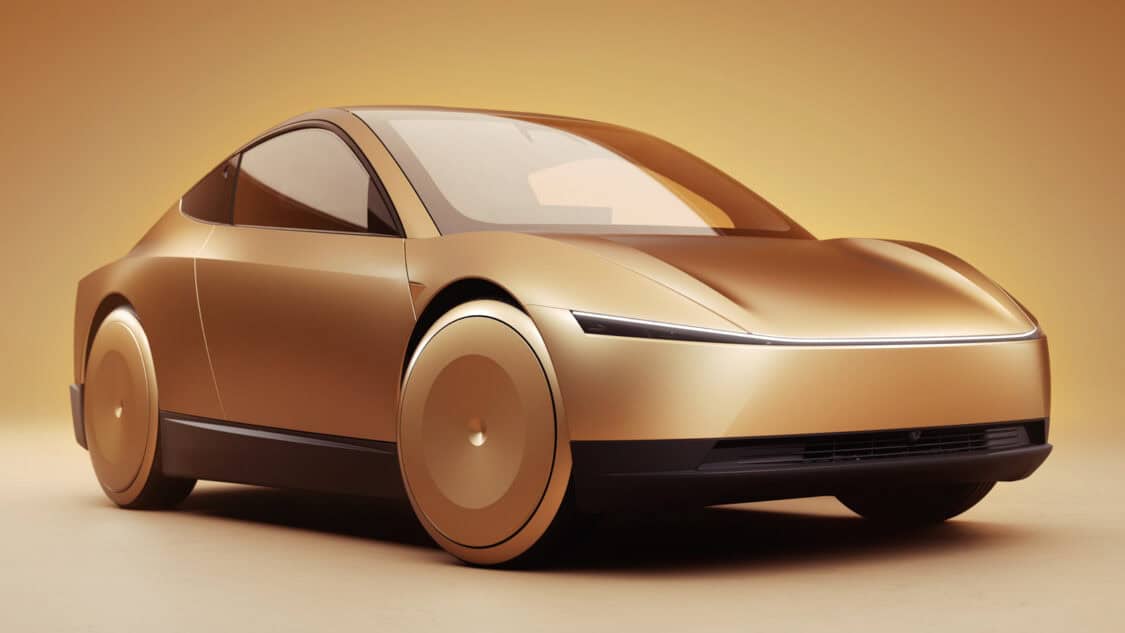
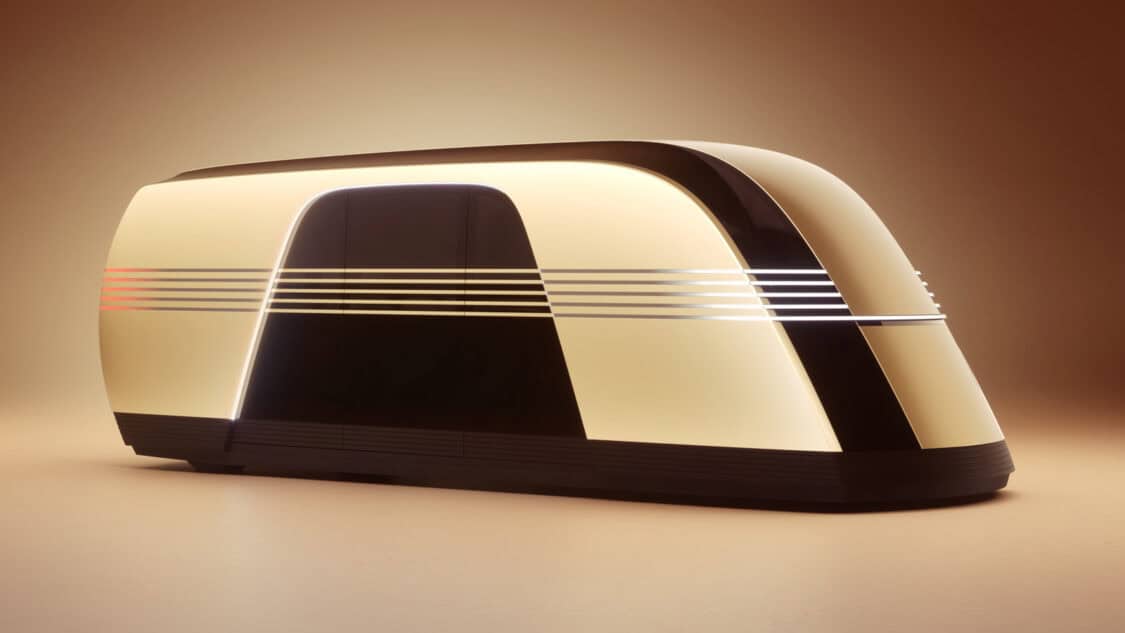
So, while we all want to believe in the self-driving future, one where cars are smarter, faster, and cheaper than ever, it’s hard not to feel like we’re still waiting for the other shoe to drop. Tesla may be a leader in this department, but their competitors are close on their heels, and the race to dominate the robo-taxi game is far from over.
In the meantime, I’ll keep my popcorn ready for the next chapter in the Tesla saga. Because if there’s one thing we know for sure, it’s that Elon Musk is the king of keeping us guessing. And maybe, just maybe, by 2026, I’ll be writing this from the backseat of a Robotaxi. Fingers crossed.
ADVERTISEMENT

SOURCE | IMAGES: TESLA
FTC: We use income-earning auto affiliate links. Learn more.


